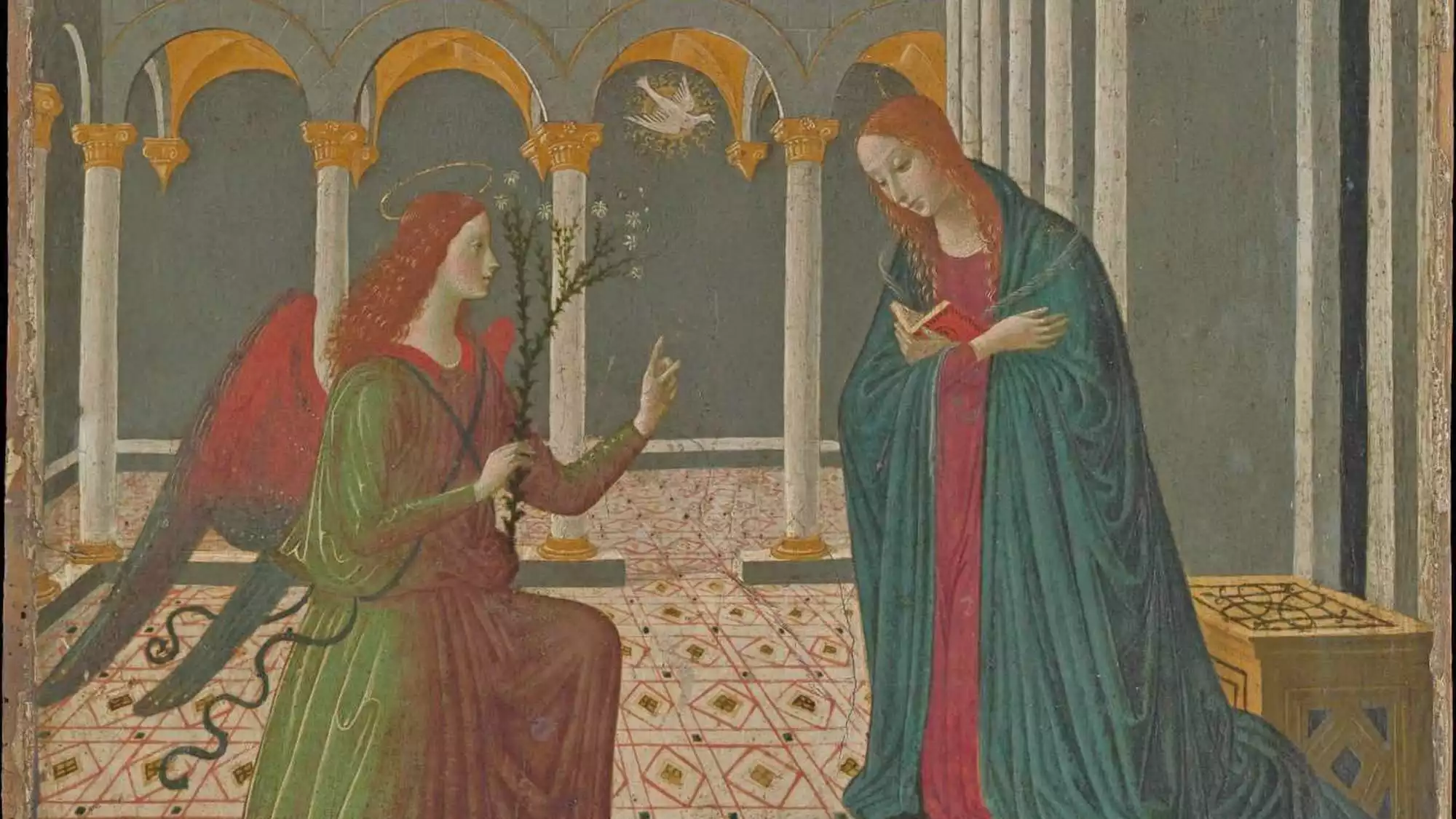
The Angelus, a revered practice within Christian Marian devotions, holds a profound place in the religious and cultural life of many believers. This devotional exercise, deeply rooted in Christian tradition, serves as a daily reminder of the Annunciation – the moment when the Angel Gabriel announced to the Virgin Mary her role in the birth of Jesus Christ. The Angelus not only reflects a significant biblical event but also symbolizes the deep connection between human and divine interaction.
Historical Emergence and Evolution of the Angelus
The Angelus, dating back to the Middle Ages, evolved from a simple recitation into a complex ritual intertwining prayer, reflection, and daily life. Initially, it began as a monastic custom where bells would ring in the evening to remind monks to recite prayers. Over time, this practice spread to the lay community, evolving into a thrice-daily routine of devotion and contemplation.
This chapter delves into the Angelus’s metamorphosis from its monastic origins to its widespread adoption among Christian communities. The practice traditionally involves the recitation of three Biblical verses, each followed by a Hail Mary, and concludes with a prayer. These verses recount the pivotal moment of the Annunciation, underscoring Mary’s pivotal role in Christian theology.
The transformation of the Angelus over centuries highlights its adaptability and enduring relevance. It represents a bridge between the past and present, offering a moment of spiritual respite in the midst of daily life. The Angelus serves not only as a historical practice but as a living tradition, continually resonating with believers across generations.
The Symbolic and Spiritual Significance of the Angelus
The Angelus transcends its historical origins, embodying profound symbolic and spiritual dimensions. This prayer ritual serves as a daily invocation of divine grace and a reminder of the Incarnation’s mystery. The Angelus bell, ringing at dawn, noon, and dusk, symbolizes a call to pause and reflect on the divine mysteries, irrespective of the day’s activities. This practice encourages Christians to remember the profound humility and obedience of the Virgin Mary, her acceptance of God’s will, and the significance of Christ’s conception.
The spiritual significance of the Angelus lies in its ability to connect the believer to key Christian doctrines, particularly the incarnation and redemption. Through its repetitive nature, it fosters a rhythmic pattern of prayer, embedding spiritual mindfulness into daily life. The Angelus thus becomes a gateway to deeper contemplation and understanding of one’s faith, encouraging a personal connection with the divine.
In essence, the Angelus stands as a timeless testament to Christian faith, encapsulating key theological tenets in a simple yet profound ritual. Its daily recitation serves as a spiritual anchor, fostering a sense of continuity and connection with the Christian tradition. The Angelus, in its enduring appeal, continues to inspire devotion and reflection, bridging the gap between the sacred and the mundane, and inviting believers to a moment of transcendence in their everyday lives.
References
Davies, E. (2018). The History of Christian Devotions.” Oxford University Press.
Thompson, R. (2017). Christian Rituals and Practices.” University of Spiritual Studies Press.
Williams, G. (2015). Echoes of Faith: Christian Devotions Through the Ages.” Penguin Religious.
